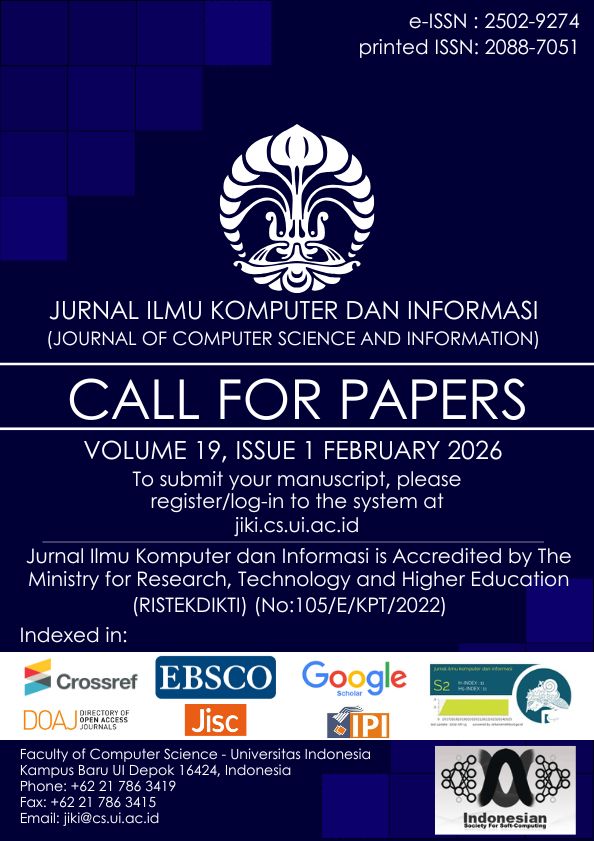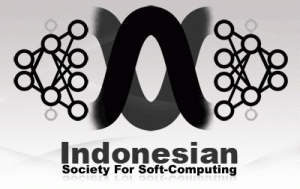Improving Recognition of SIBI Gesture by Combining Skeleton and Hand Shape Features
DOI:
https://doi.org/10.21609/jiki.v15i2.1014Keywords:
SIBI, Long Short Term Memory, Gated Recurrent Unit, Feature ConcatenationAbstract
SIBI (Sign System for Indonesian Language) is an official sign language system used in school for hearing impairment students in Indonesia. This work uses the skeleton and hand shape features to classify SIBI gestures. In order to improve the performance of the gesture classification system, we tried to fuse the features in several different ways. The accuracy results achieved by the feature fusion methods are, in descending order of accuracy: 88.016%, when using sequence-feature-vector concatenation, 85.448% when using Conneau feature vector concatenation, 83.723% when using feature-vector concatenation, and 49.618% when using simple feature concatenation. The sequence-feature-vector concatenation techniques yield noticeably better results than those achieved using single features (82.849% with skeleton feature only, 55.530% for the hand shape feature only). The experiment results show that the combined features of the whole gesture sequence can better distinguish one gesture from another in SIBI than the combined features of each gesture frame. In addition to finding the best feature combination technique, this study also found the most suitable Recurrent Neural Network (RNN) model for recognizing SIBI. The models tested are 1-layer, 2-layer LSTM, and GRU. The experimental results show that the 2-layer bidirectional LSTM has the best performance.
Downloads
Additional Files
Published
How to Cite
Issue
Section
License
Authors who publish with this journal agree to the following terms:
- Authors retain copyright and grant the journal right of first publication with the work simultaneously licensed under a Creative Commons Attribution License that allows others to share the work with an acknowledgement of the work's authorship and initial publication in this journal.
- Authors are able to enter into separate, additional contractual arrangements for the non-exclusive distribution of the journal's published version of the work (e.g., post it to an institutional repository or publish it in a book), with an acknowledgement of its initial publication in this journal.
- Authors are permitted and encouraged to post their work online (e.g., in institutional repositories or on their website) prior to and during the submission process, as it can lead to productive exchanges, as well as earlier and greater citation of published work (See The Effect of Open Access).











